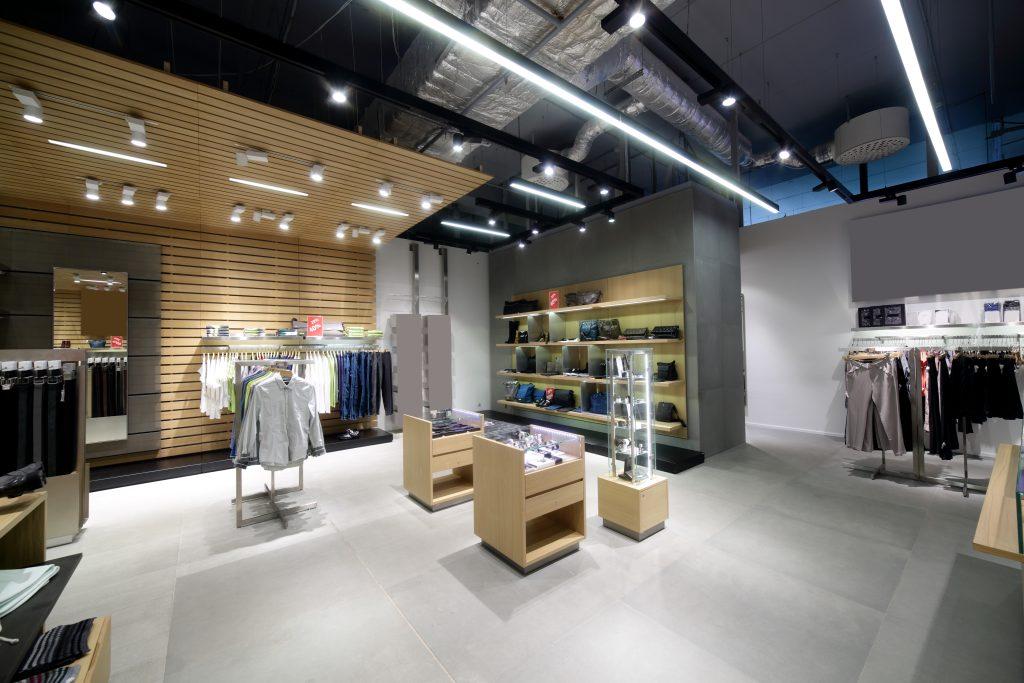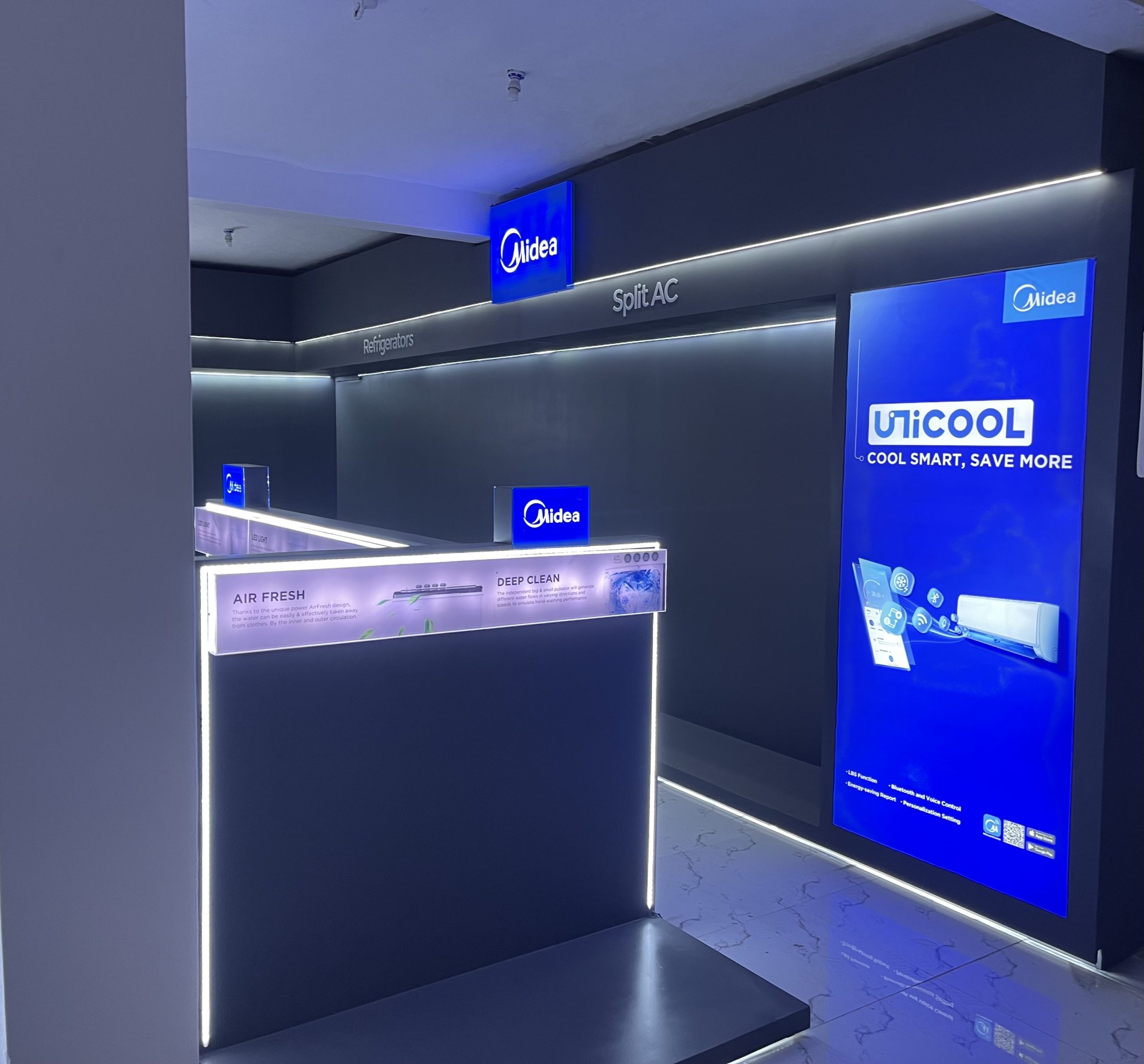Retail fixtures play a crucial role in the success of a business, often acting as the bridge between
products and customers. These fixtures do more than just hold items; they shape the shopping
experience, influence consumer behavior, and reflect a brand’s identity. In an increasingly
competitive retail environment, well-designed fixtures can significantly impact a business’s
bottom line. Here’s why retail fixtures are so important.
1. Enhancing the Customer Experience
One of the primary functions of retail fixtures is to enhance the customer experience. Effective
fixtures guide customers through the store, making products easy to find and encouraging
exploration. Thoughtful design ensures that items are presented in an appealing way, often
leading to increased time spent in-store. When customers can easily navigate a store, they are
more likely to make purchases, enhancing overall sales.
Moreover, interactive and engaging fixtures—such as touchscreens or customizable displays—
can deepen customer engagement, allowing them to connect with the brand in a more meaningful
way. An enjoyable in-store experience can lead to repeat visits, fostering customer loyalty.
2. Brand Identity and Differentiation
Retail fixtures are also vital in reinforcing a brand’s identity. The materials, colors, and style of
fixtures can reflect the personality of the business, helping customers feel connected to the brand.
A store’s visual design, including its fixtures, tells a story and creates a sense of consistency
across all customer touchpoints. Whether minimalist or vibrant, the right fixture design helps
differentiate a business from its competitors. Fixtures that align with the brand’s values—such as sustainable materials or tech-forward displays—can also build credibility and trust, further enhancing brand perception.
3. Influencing Consumer Behavior
The strategic placement of fixtures can significantly influence consumer purchasing decisions.
Psychological studies show that people are more likely to purchase items that are within their
line of sight or placed at eye level. Retail fixtures can be designed to highlight key products,
promotions, or new arrivals, drawing attention to items that are likely to boost sales. Well-placed fixtures can also encourage impulse buying. For example, placing small, high demand items near checkout counters increases the likelihood of customers adding extra products to their carts.
4. Supporting Omnichannel Retail Strategies
With the rise of omnichannel shopping, where customers seamlessly transition between online
and offline environments, retail fixtures are more important than ever. Fixtures can integrate
digital elements—such as QR codes, digital signage, or mobile-friendly displays—that connect
the physical store experience with the online shopping journey. By doing so, retailers can create
a unified experience that allows customers to interact with the brand in various ways, regardless
of where or how they shop.
Conclusion
Retail fixtures are not just functional; they are a powerful tool that influences how customers
perceive and interact with a business. From enhancing the shopping experience and supporting
brand identity to maximizing space and influencing consumer behavior, fixtures play a central
role in business success. In today’s competitive retail environment, investing in thoughtful, welldesigned fixtures can make all the difference in driving sales and fostering customer loyalty.










